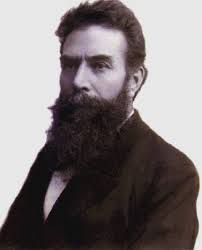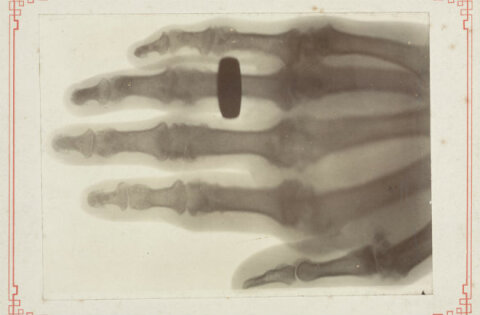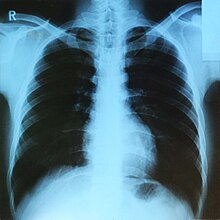Do you know who invented x rays and that the history of X-rays began more than 100 years ago? William Roentgen was outstanding German physicist and pioneer of X-rays.
X-rays invention preconditions
In the mid-19th century, Heinrich Geisler discovered that when a high-voltage electric charge passed through a vacuum in a tube, a beautiful light effect was obtained. Sir William Crookes later proved that the light effect was caused by electrified particles.
The Building Blocks of Life: What is a Genome?
Heinrich Hertz proved that these rays can pass through thin plates of gold and platinum and his assistant Lenard made “windows” of these substances, so that the rays could go out of the tube into the open air.

So, who invented x rays and how it happened?
So, we come to the fact – who invented x rays in reality.
Professor Roentgen (1845-1923) was born in Lennep (Germany), graduated from the Polytechnic Institute in Zurich (Switzerland). Since 1888, professor at the Faculty of Physics at the University of Würzburg.
Who invented the first car: 2 German Competitors
In 1895, Wilhelm Roentgen experimented with one of these Crookes tubes. He suddenly noticed that some of the crystals nearby were brightly lit. Since the scientist knew that the rays discovered earlier (called the cathode rays) could not penetrate the glass to produce this effect, he suggested that this should be a new kind of rays.

Professor Roentgen also discovered the ability of these rays to act on photographic film. And what was most incredible, unknown rays penetrated through soft tissue and allowed you to take pictures of bone structures under the skin. Roentgen announced his discovery in a famous article entitled “Ueber eine neue Art von Strahlen” (On a New Form of Radiation), published in “Annalen der Physik und Chemie” (Annals of Physics and Chemistry), Würzburg.
How the pearls are formed? Natural and artificial pearls
X-rays were appreciated and began to be used in medicine just a month after their description. In 1901, Roentgen was awarded the Nobel Prize in Physics. In his honor, the X-rays were called roentgen rays.
How x-rays work?
X-rays are obtained in an x-ray tube. Most of the air is pumped out. Two electrodes are fixed in it, and the electrons move from one (cathode) to another (anode). A small shield made of tungsten suddenly stops their flow. Most of the energy of these electrons goes into heat, but some of them emit x-ray radiation.
Famous Inventions of Leonardo da Vinci: helicopter, tank….
X-rays can pass through objects because they have a very short wavelength. The shorter the wavelength, the stronger their penetrating power.

X-rays have found the most diverse application in life. THey are used in medicine to detect diseases of the internal organs of a person. However, X-rays must be used extremely carefully, in certain doses. Strong exposure can destroy living tissue.
What is the radius of destruction of a nuclear bomb: analyzing the danger
At the same time, this same property of X-rays allows them to kill diseased cells in the body. With their help, you can determine the authenticity of precious stones and paintings, detect hidden defects in metals and structures, and also do a lot of other useful things.
Do you know what is big data and why is it important?
Source: info.wikireading.ru



